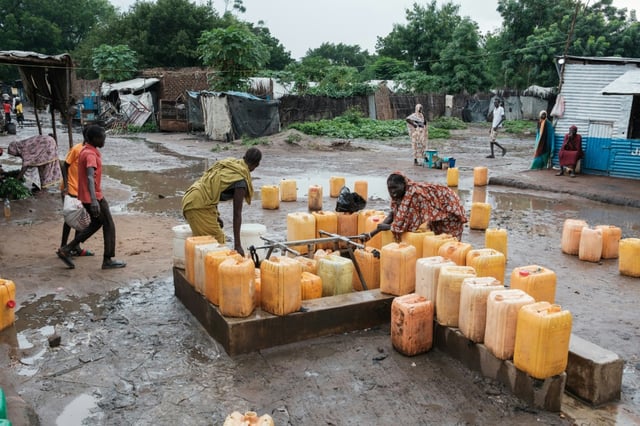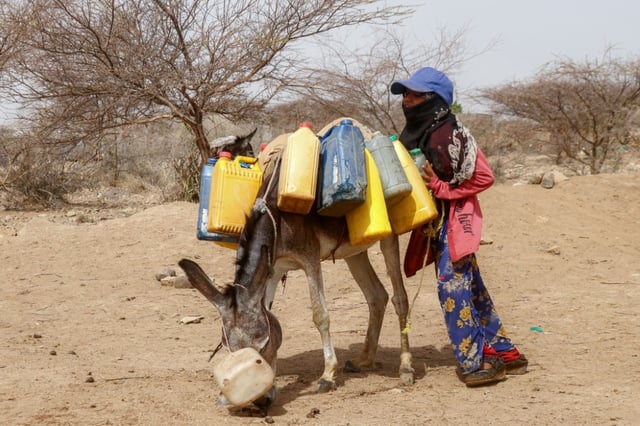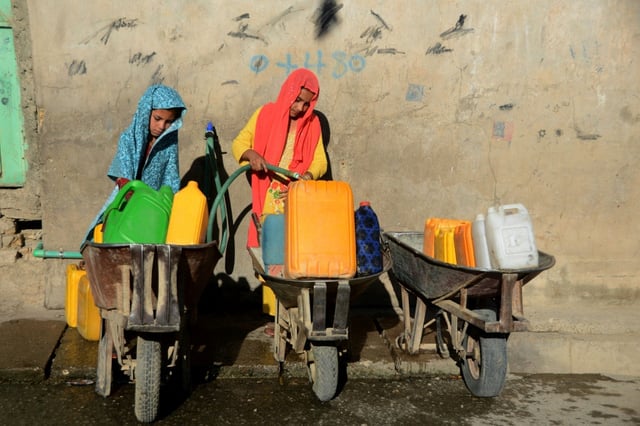Overview
- More than 2.1 billion people still lack safely managed drinking water, meaning about a quarter of the world did not have it last year.
- Around 106 million people continue to rely on surface water, while the number of countries eliminating surface-water use for drinking rose from 142 to 154.
- Since 2015, 961 million people have gained safely managed drinking water, lifting global coverage from 68% to 74%.
- Sanitation and hygiene have advanced: 1.2 billion more people now have safely managed sanitation (coverage up to 58%), 1.6 billion gained basic hygiene, and open defecation fell to 354 million.
- Access shortfalls are concentrated in 28 countries—mainly in Africa—where about a quarter of people still lack basic services, and UN leaders reiterate water, sanitation and hygiene as fundamental rights requiring accelerated action.



